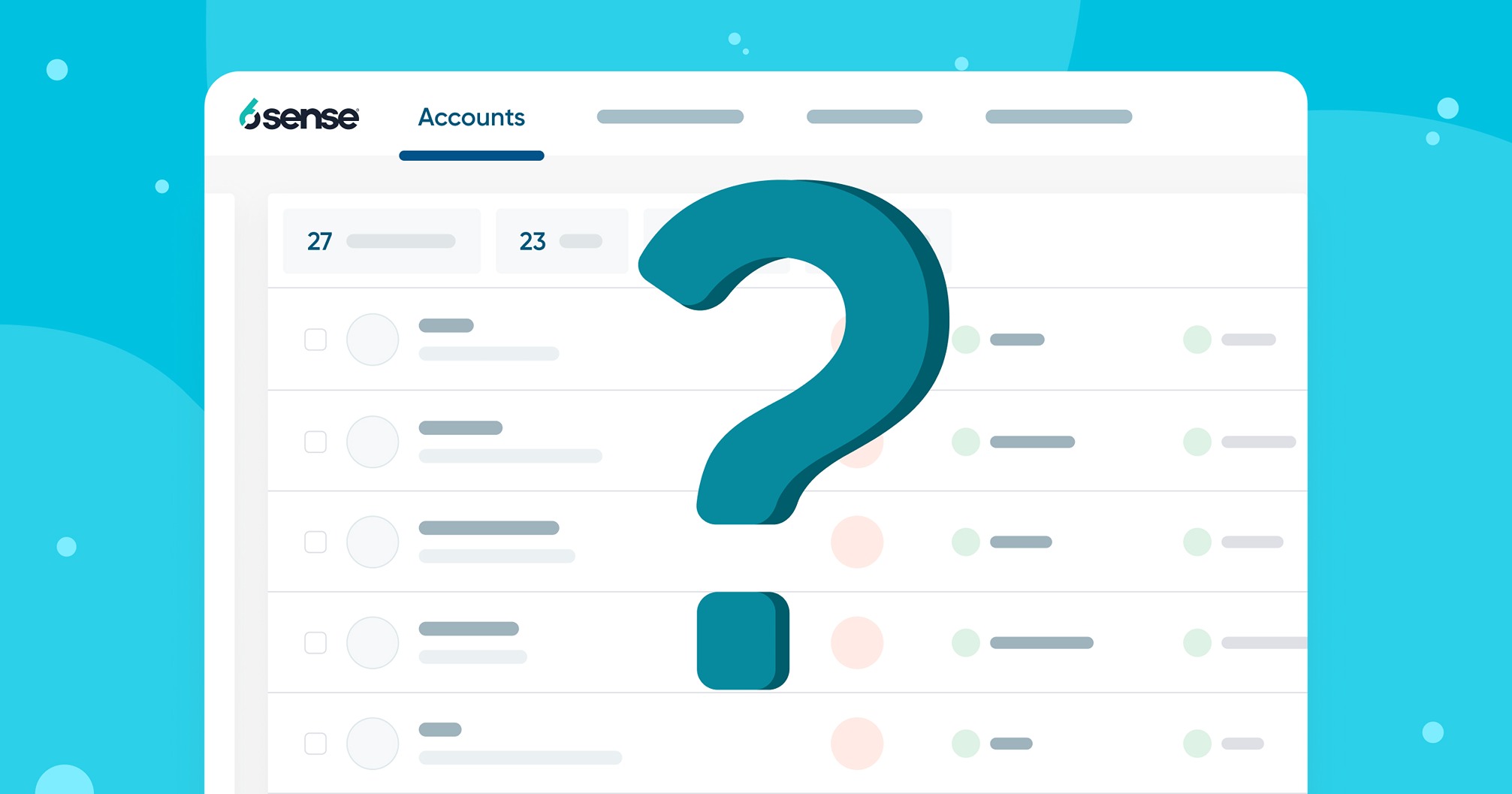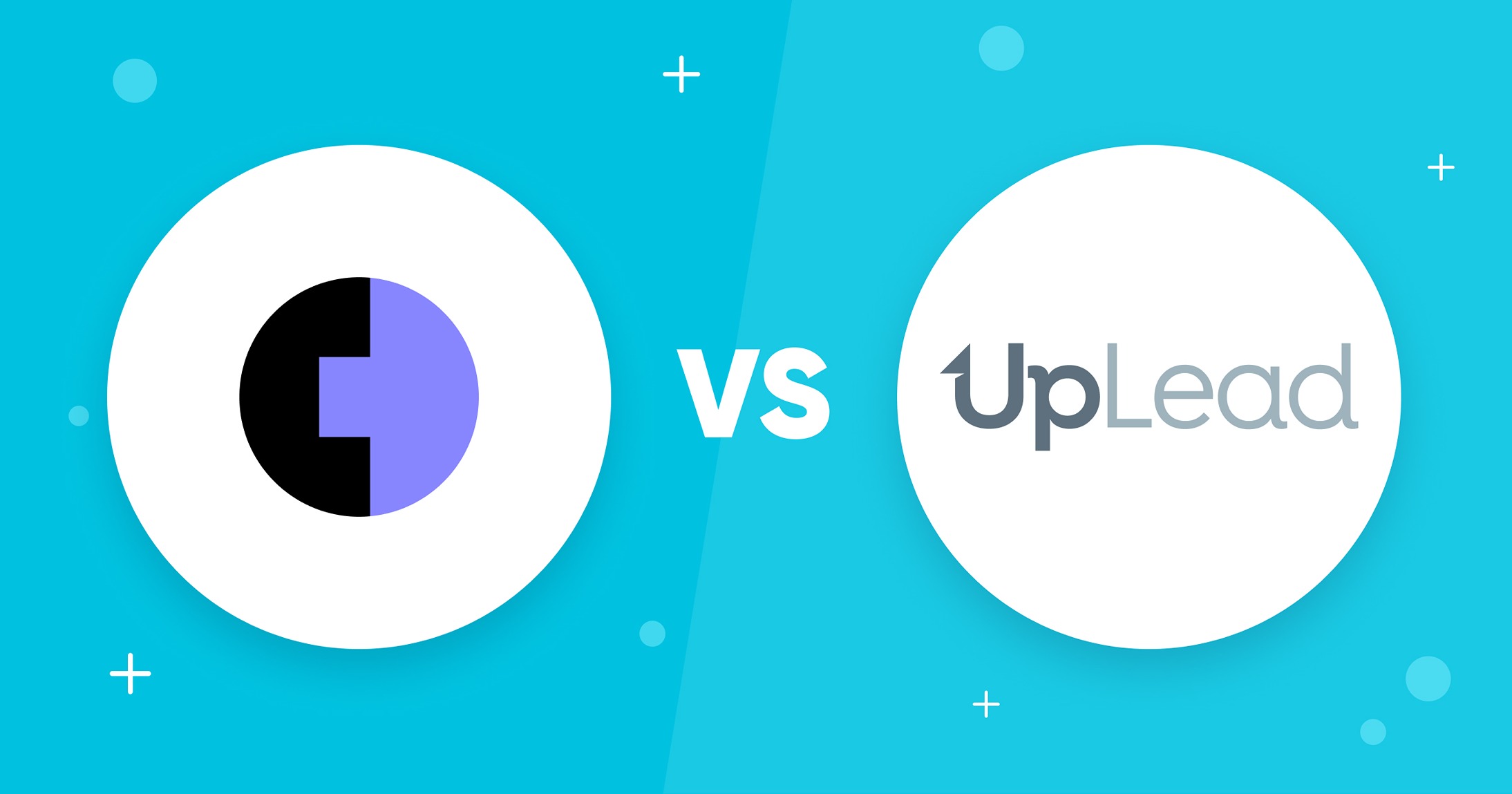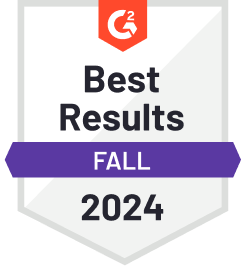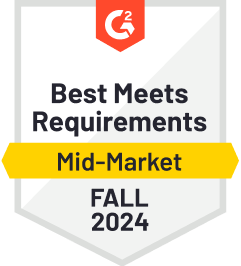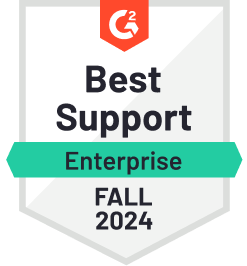The purchasing process has made tremendous development. With a wealth of information, buyers are becoming more accurate in making their purchasing decisions. A sales talk in the conventional sense rarely exists. Salespeople who want to sell their products or services have to use new methods. This is where inbound sales comes into play.
 From an inbound salesperson’s point of view, the following activities will be needed to convert an aware prospect into a customer who decided to purchase the product or service:
From an inbound salesperson’s point of view, the following activities will be needed to convert an aware prospect into a customer who decided to purchase the product or service:
 Let’s look at these stages in more detail:
Awareness: This is when buyers acknowledge that they are in need of something or want something. This could be a great meal and some drinks at a restaurant, new headsets for your sales department or a new CRM software as you’re not getting value from your current one. Awareness is the idea that there is a need to be met.
Let’s look at these stages in more detail:
Awareness: This is when buyers acknowledge that they are in need of something or want something. This could be a great meal and some drinks at a restaurant, new headsets for your sales department or a new CRM software as you’re not getting value from your current one. Awareness is the idea that there is a need to be met.
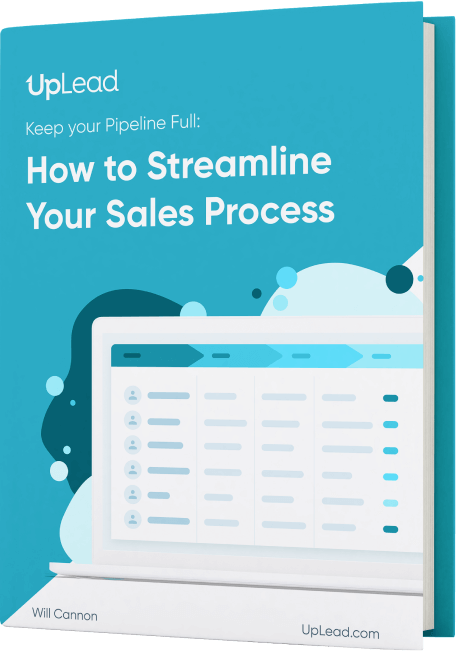
Consideration: We’re all aware of this internal debating process before purchasing – especially with big ticket and luxury items or commitments to sales contracts. Do I really need that new jacket? Will the newer model car be lighter on fuel and will I have to sacrifice space in it? What are the pros and cons of changing to a new software? Is the price reasonable? Do I really need it? Consideration usually entails a thorough investigation of whether or not the prospect is actually going to go ahead and make that purchase.
Decision. After becoming aware of a need or want, and weighing up options, the final step is to make the solid decision as to whether to purchase or not. It is a matter of “yes, I will buy this,” or “no, I will not or should not.”
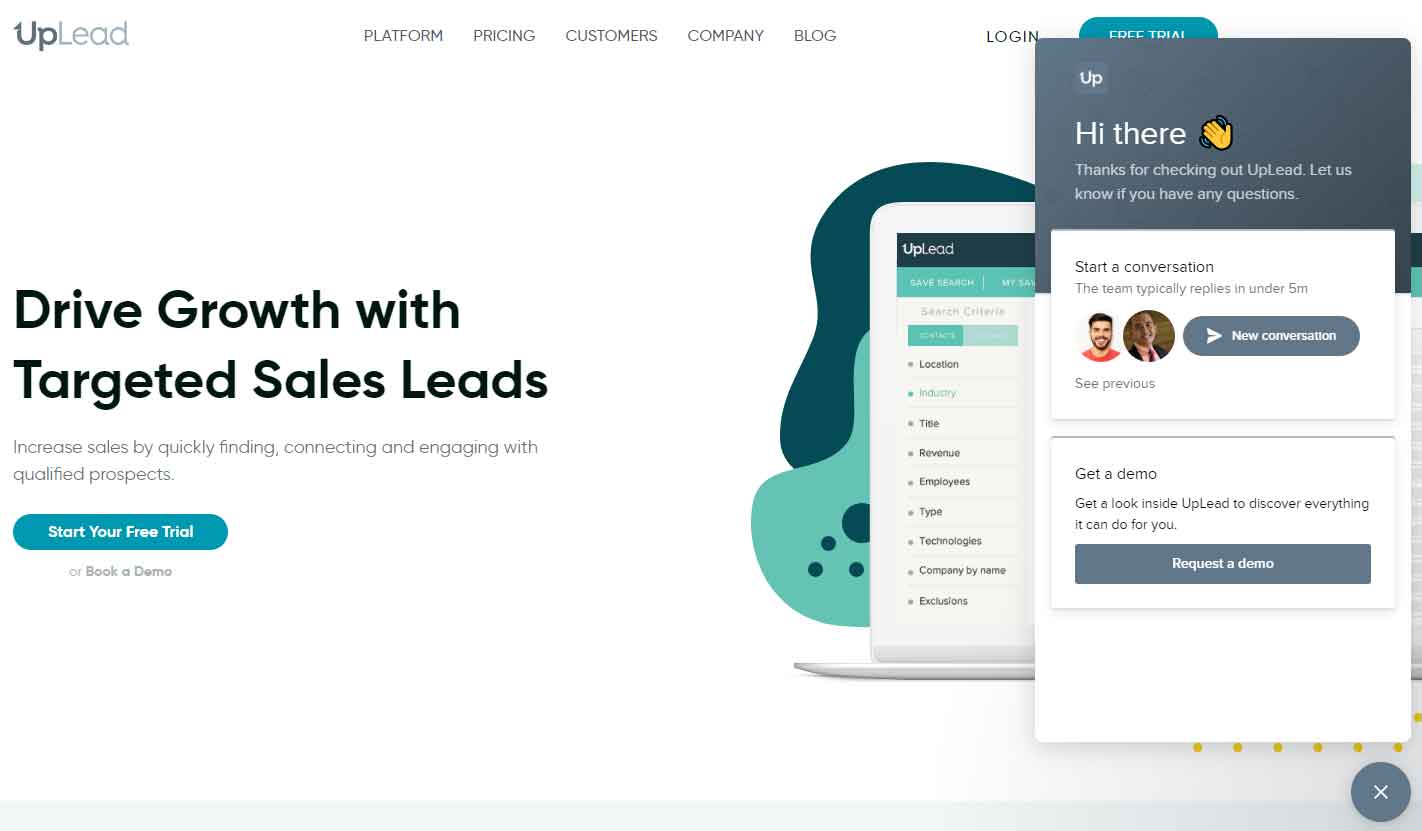 Using live-chat to identify new leads
Using live-chat to identify new leads
 (Text Sources: Slideshare)
(Text Sources: Slideshare)
 (image Source: Pinterest)
Customer Journeys
(image Source: Pinterest)
Customer Journeys
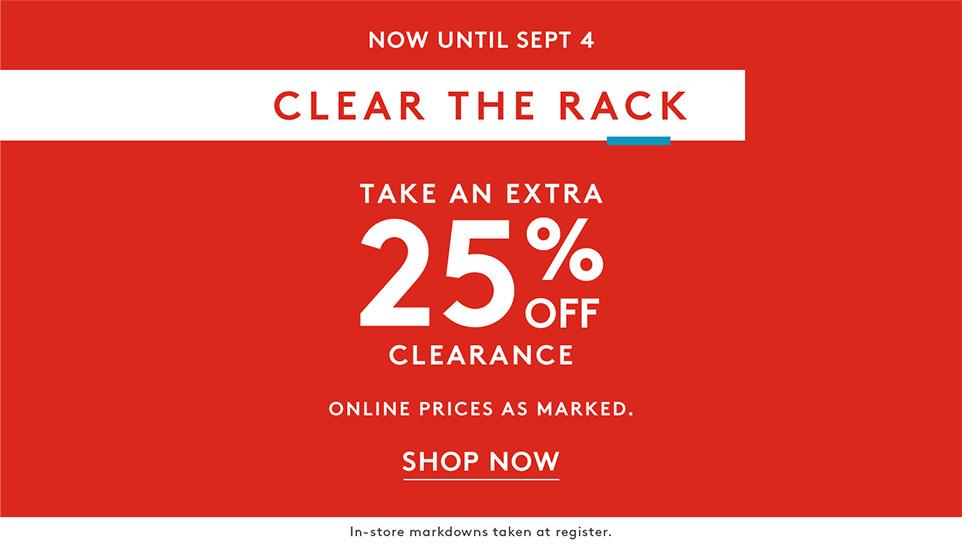
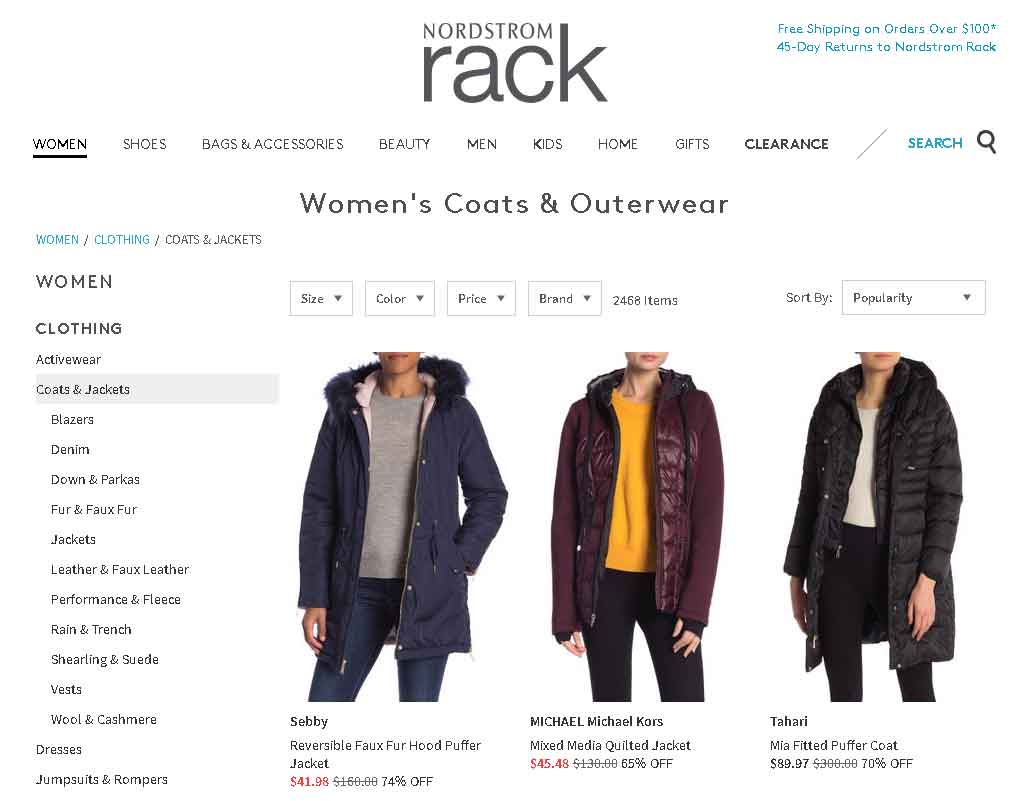 The above process is a common practice that illustrates how traditional Inbound Sales works.
Start by documenting how customers find you. According to Pipedrive, your sales process and customer journey should tightly align. Map out each stage of your existing funnel, providing customers with the content and guidance they need to make a decision.
The above process is a common practice that illustrates how traditional Inbound Sales works.
Start by documenting how customers find you. According to Pipedrive, your sales process and customer journey should tightly align. Map out each stage of your existing funnel, providing customers with the content and guidance they need to make a decision.
What Is Inbound Sales?
So, what does Inbound Sales mean? Simply put, it is about guiding qualified leads through their customer journey while providing suitable content at each stage of the funnel. It’s a modern method salespeople use to study the buying patterns of prospects and customers. Each stage of a customer’s buying process, from the initial need, to the execution of the purchase, is researched in detail. Based on the stage and personal situation of a prospect, salespeople adapt and personalize their process. The goal is to provide leads with suitable information at the right time.Inbound Sales Process
HubSpot coined the The Inbound Sales Methodology and determined that,the critical stages of buying are:- Awareness
- Consideration
- Decision
 From an inbound salesperson’s point of view, the following activities will be needed to convert an aware prospect into a customer who decided to purchase the product or service:
From an inbound salesperson’s point of view, the following activities will be needed to convert an aware prospect into a customer who decided to purchase the product or service:
- Identifying
- Connecting
- Exploring
- Advising.
 Let’s look at these stages in more detail:
Awareness: This is when buyers acknowledge that they are in need of something or want something. This could be a great meal and some drinks at a restaurant, new headsets for your sales department or a new CRM software as you’re not getting value from your current one. Awareness is the idea that there is a need to be met.
Let’s look at these stages in more detail:
Awareness: This is when buyers acknowledge that they are in need of something or want something. This could be a great meal and some drinks at a restaurant, new headsets for your sales department or a new CRM software as you’re not getting value from your current one. Awareness is the idea that there is a need to be met.

Establish a Solid Sales Process!
Learn how to build an efficient, scalable and high-converting sales process for your sales team.
I agree to receive emails from UpLead, and can unsubscribe at any time.
Identifying Leads
While your customers are going through these three stages, you should actively determine best practices to reach potential buyers in order to persuade them to purchase your products. Hence, you’ll need to know how your target group and different buyer personas look like. This will allow you to determine if a new prospect is a candidate to become a potential customer. There are several ways of identifying suitable leads:- Build your own lead lists using lead generation tools such as UpLead
- Regularly check the stream of incoming leads who left their contact information on your website or blog (for example, people who’ve downloaded your new eBook or submitted your contact form)
- Actively use live-chat for talking to and identifying suitable prospects
- Engage in social network groups (Facebook, LinkedIn, …) and get in touch with interesting people
- Set up notifications for specific behavior that might identify ideal leads (for example, high newsletter engagement or many downloads on your blog)
 Using live-chat to identify new leads
Using live-chat to identify new leads
Connecting with Leads
After identifying the lead, you’ll want to communicate with the potential customer through a range of available channels, for example, email, social media message or phone. The important thing is that you’ll need to personalize your message and choose the channel wisely. Hence, before reaching out, you should adjust your messaging based on the buyer persona you want to address and his or her journey stage. Please don’t send out generic mass emails. Sending a lower number of high-quality messages will trump sending “Hello ” bulk emails. For example, if you know that your prospect already visited your company’s pricing page five times, he or she might be interested but still unsure about your pricing structure. Use that knowledge and offer a quick call to clear up the company’s pricing. Whatever you do, make your outreach as personal as possible and adapt it to the prospect’s current situation. Check out this excellent example of a LinkedIn message that caters for the recipient’s needs. (Text Sources: Slideshare)
(Text Sources: Slideshare)
Exploring Opportunities
When talking to your prospects for the first time, make sure that you learn more about their circumstances. Find out what they’re currently struggling with and how it impacts their business. By helping your leads to reflect about their actual situation, you’ll be able to sensitize them for possible solutions. This is the right time to (carefully) present your product or service. But keep in mind: Your approach to their challenges needs to be individual and suitable. Present how your product or service can help them overcome their challenges and achieve their goals within the desired time-frame while being affordable (in terms of ROI). Keep it short and simple to catch your lead’s attention. You’ll have time later to get into details.Advising Customers
After highlighting the potential value of your solution to the prospect, now, it’s time to talk about the details. Instead of incentivizing the prospect by offering huge discounts, get into the advisor role and exactly show them how to solve their problems. (That will beat any price reduction.) Outline their challenges and demonstrate how much it costs them to miss their goals because of these roadblocks. Again, present your product or service as a solution to reach their objectives. But instead of referring to endless feature lists, show them HOW you can help them. The presented approach will be different for most of your customers and needs to be super-personalized. Keep their budget and desired time-frames into consideration when creating your pitch.Inbound Sales Strategies
In order for a kind of sales conversation to take place, you have to reach the lead at the right time and in the right way. There are different common inbound sales strategies you should use to succeed.Defining Target Audience, Buyer Personas, and Customer Journeys
We already recommended you to define a target audience and buyer persona. There are plenty of great resources on these topics: Target Audience- How to Define Your Target Audience by Quicksprout
- How to Define Your Target Market by Inc.com
- How to Develop and Use Buyer Personas by Single Grain
- Buyer Personas: 9 Essential Parts by Content Marketing Institute
- Buyer Persona Templates by OptinMonster
- How to Build Your Target Buyer Persona (with Free Template) by Fluxe
 (image Source: Pinterest)
Customer Journeys
(image Source: Pinterest)
Customer Journeys
- The Best Way to Map the Customer Journey by SurveyMonkey
- 7 Tips to Get Started With Customer Journey Mapping by Convince & Convert

Aligning Sales Process and Customer Journey
If you know your different buyer personas and their journeys, you need to adjust your sales process and align it. That way, you’ll make sure that you’re providing the most personalized experience possible. Let’s dive into our example again: During this time, the Nordstrom Rack Marketing and Sales Departments have identified that Winter is approaching and people will need to start thinking about buying new coats (action one – Identifying). After they’ve determined that potential customers will buy the new line of winter coats, they’ll put out surveys or social media content to acquire information and to gauge the popularity on their latest style ranges that customers will buy (action two – Connecting). Once they connect with potential customers and buyers, they will figure out ways to have the Nordstrom Rack shopper buy the coat — possibly through marking down prices or creating a deal that is appealing to shoppers (action three – Exploring). Again, in this phase, salespeople need to try to learn more about the lead’s challenges, goals, and triggers while working on the solution in parallel. Once this is said and done, they’ll have acquired the data from purchases, social media content and buyer history to advise on best practices for future sales (action four – Advising). The above process is a common practice that illustrates how traditional Inbound Sales works.
Start by documenting how customers find you. According to Pipedrive, your sales process and customer journey should tightly align. Map out each stage of your existing funnel, providing customers with the content and guidance they need to make a decision.
The above process is a common practice that illustrates how traditional Inbound Sales works.
Start by documenting how customers find you. According to Pipedrive, your sales process and customer journey should tightly align. Map out each stage of your existing funnel, providing customers with the content and guidance they need to make a decision.
Using Social Selling to Connect With Leads
As times are constantly changing, so too is the practice of Sales. Social Networks such as LinkedIn or Facebook allow you to connect to people easier than ever before. Of course, salespeople can use these platforms in their interest to build relationships with potential prospects and monitor social conversations (to join them at the right time and to present their solution). To succeed at social selling, these tips from Hootsuite might help you:- Concentrate on listening and monitoring first (to jump in at the right time).
- Present yourself in a personal but professional way.
- Always provide value to your leads when you’re interacting with them. (They can visit your website for generic product pitches.)

